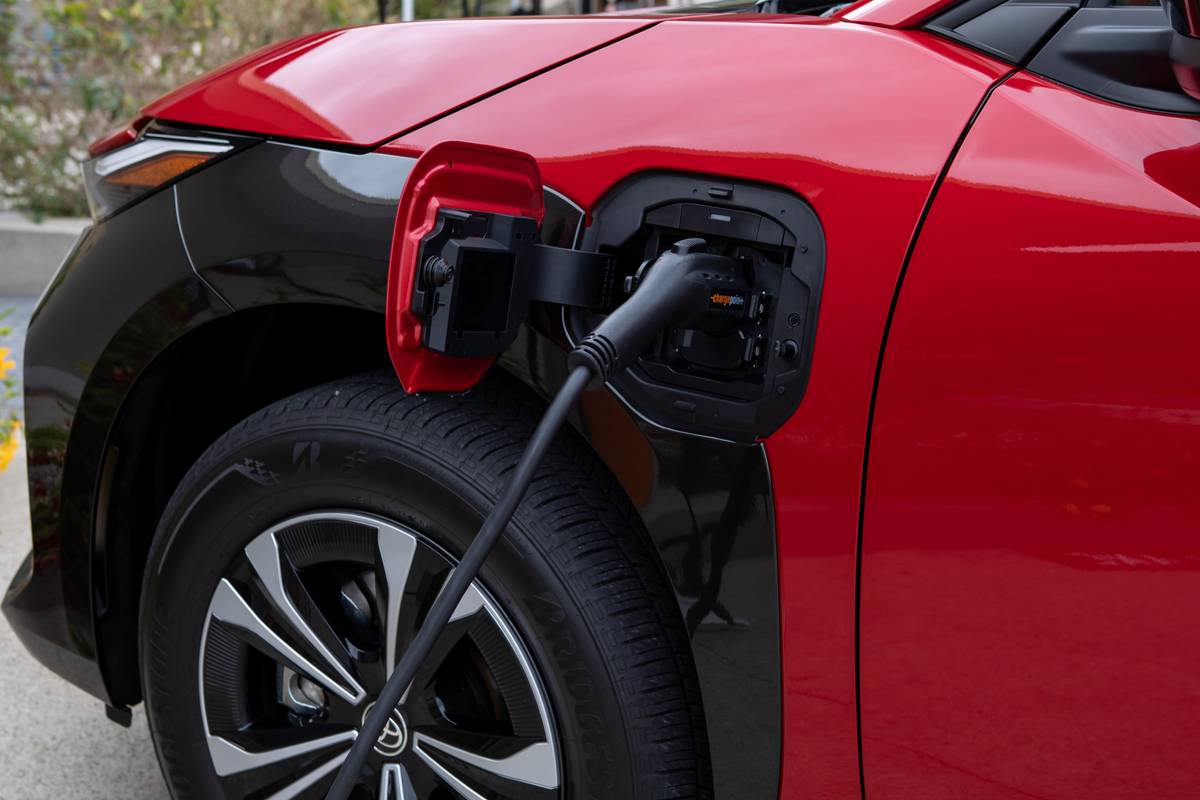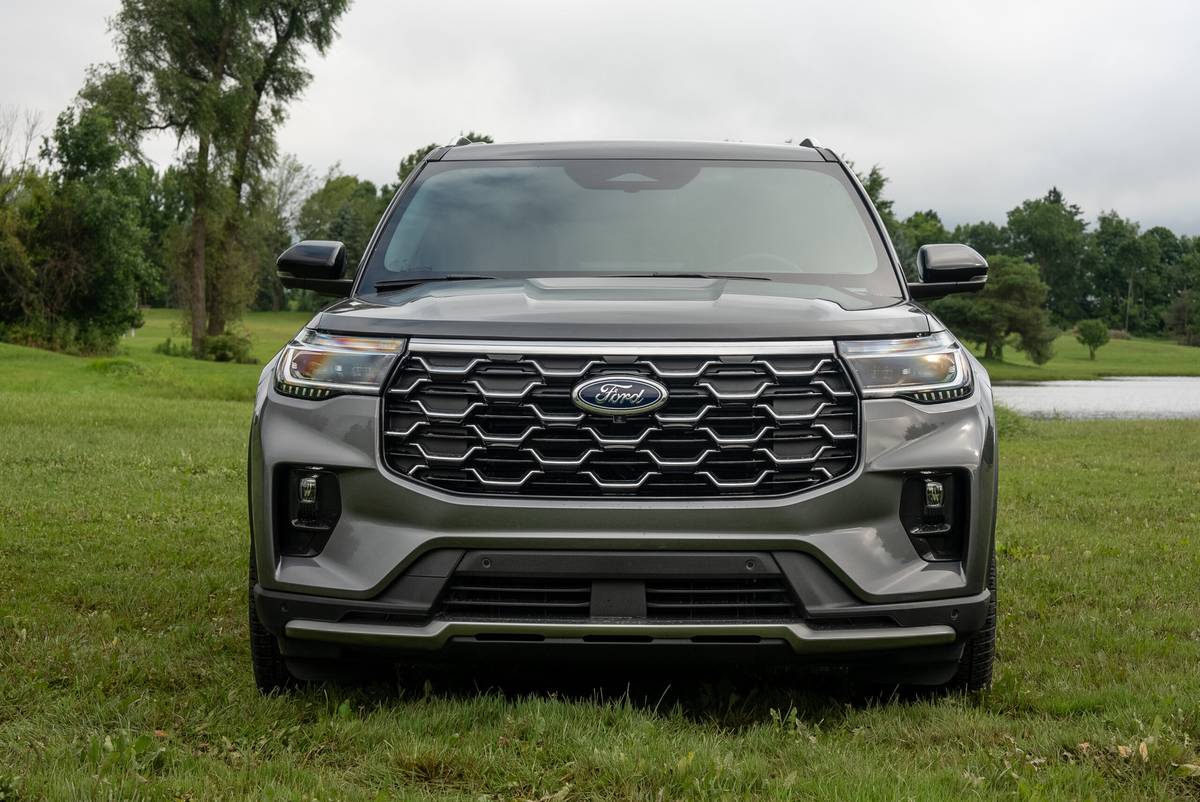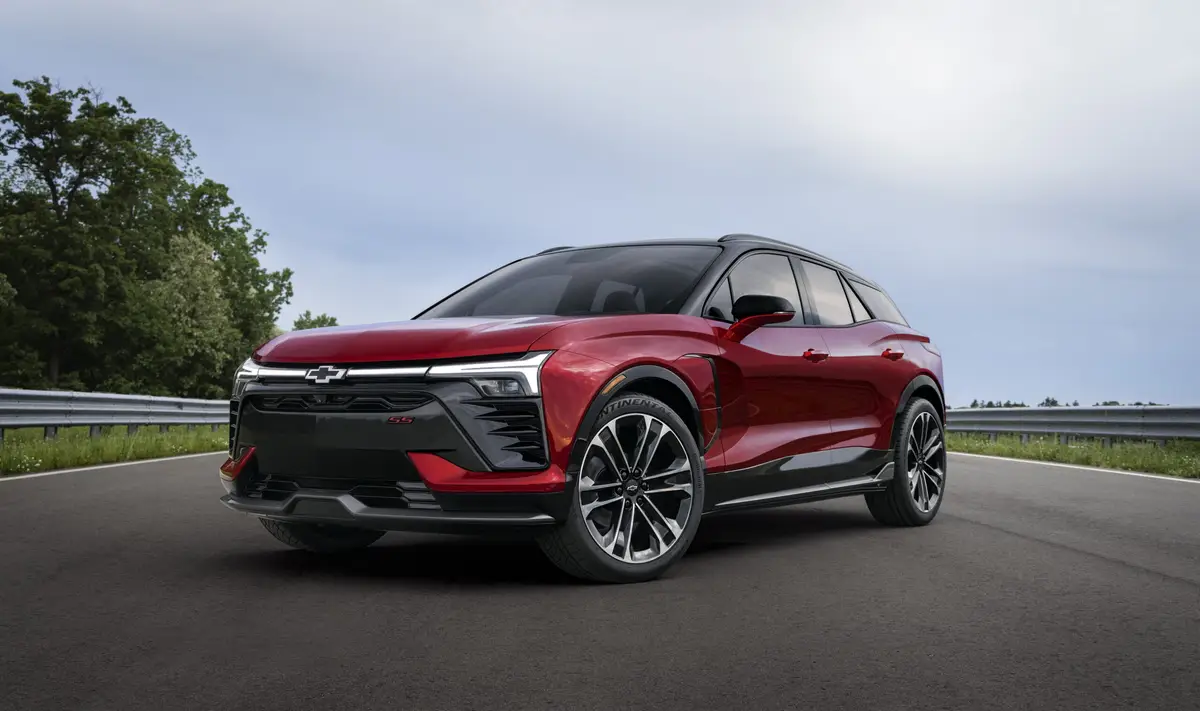What Does the EV Tax Credit Overhaul Mean for Car Shoppers?


Editor’s note: This story was updated Oct. 3, 2024, to reflect updated figures for EV registrations.
The electric vehicle tax credit overhaul passed in 2022, but being phased in over a decade continues to confuse EV shoppers (and sellers). That’s because the new law tries to walk and chew gum. It still aims, as before, to get more people to buy EVs and plug-in hybrids, but it also aims to promote domestic production and supply chains. The new law took what was a mostly straightforward taxpayer subsidy — buy a new EV or PHEV, get a tax credit — and attached a bundle of new strings on which vehicles qualify for the federal tax credit of up to $7,500. It also puts income limits on which buyers qualify.
On the plus side, the law added a new credit of up to $4,000 for used EVs — with its own vehicle and income rules. And as of Jan. 1, 2024, buyers of new or used vehicles can collect their credit at the time of purchase for an instant discount at the dealer rather than waiting until they file taxes. On the minus side, the updated EV credit’s continuing tightening of rules for qualifying vehicles have steadily shrunk eligible choices for shoppers.
Related: Which Electric Cars Are Still Eligible for the $7,500 Federal Tax Credit?
Tax Credit Update Added New Goals
The revised $7,500 federal credit still aims to promote sales of new EVs or PHEVs but has broader goals that have added complications. It aims to encourage more middle-class shoppers by setting buyer income limits, as well as spur development of lower-cost EVs by setting price caps (though relatively well-off buyers and relatively expensive EVs can still qualify).
A separate — and often conflicting — goal of the 10-year program is to promote North American production of EVs and their batteries, as well as sourcing of key battery materials here or from countries with which the U.S. has free-trade deals. Sourcing of these critical minerals from certain countries “of concern,” such as China, will eventually be banned for the credit.
To accomplish this second goal, the credit was split in two, with half of the $7,500 awarded for qualifying battery component production and half for qualifying materials sourcing. In both cases, the percentage of qualifying content required for the credit rises over the 10 years of the program.
Why It All Matters
How well this program works — and how many vehicles can qualify for the full credit — is important because the federal subsidies have had a significant effect on buyer acceptance. The subsidies have helped spur sales of typically more expensive electrified vehicles, first with a credit of up to $3,400 for hybrids from 2005 to 2010, then the credit of up to $7,500 for EVs and PHEVs since. According to auto data tracker Experian, new-EV registrations were 8% of the U.S. light-vehicle market in the 12 months leading up to June 2024, up from 7.7% a year earlier, though the rate of increase has slowed and EVs still made up only about 1% of light vehicles on U.S. roads in 2023.
Beyond Lofty Goals, How It’s Shaking Out for Shoppers
The current confusion over what vehicles will or will not qualify for the full EV tax credit will continue for years, but a few things about the credit seem clear:
No Waiting: Credit Can Be Claimed at Purchase
New for 2024 is the option for new-car buyers to claim the vehicle’s full credit at the time of purchase by transferring the credit to the dealer. The dealer then gives you that amount in cash or applies it to the cost of the vehicle. The new option applies to any vehicle delivered in 2024 or later, regardless of the model year or when you ordered it, and allows you to keep the full credit at purchase regardless of how much you owe in taxes for the year.
Carrying over as an alternative for buyers in 2024 is the option to claim the credit with their tax return — but you can’t get more in credit than you owe in federal taxes (this was the only choice for buyers in 2023). If the vehicle qualifies for a $7,500 credit but you owe only $4,000 in taxes, that’s all you will receive.
Vehicle, Battery Rules Limit Vehicle Choices
The net effect of the updated rules so far has been shrinking the number of new EVs and PHEVs eligible for the purchase credit. For starters, only vehicles assembled in North America qualify. The battery requirements for the full credit get tighter each year, as well.
Adding complexity is that eligibility can differ even for various configurations of the same vehicle due to different batteries. Automakers are scrambling to qualify more EVs by shifting production and sourcing, and as these come online, eligibility can be a moving target throughout the year.
To help shoppers, the EPA lists models that currently qualify for the credit. The list includes the credit amount and vehicle price limit that apply. Not all vehicles listed are from the current model year, but they still qualify if they’ve never been sold. The Department of Energy also provides a vehicle identification number check tool to let shoppers verify that a specific vehicle qualifies.
Buyers Must Meet Income Limits
To get the tax credit for buying a new EV or PHEV, a buyer’s household income is limited to a maximum of $300,000 for joint filers, $225,000 for heads of households and $150,000 for individuals. You are allowed to count the year in which you take delivery of the vehicle or the previous year, whichever is lower. These limits still apply even if you take the new option of getting the credit at the time of purchase; if you make too much income, you’ll have to pay back to the IRS the credit you took.
New Vehicles Must Meet Price Limits
To qualify for the credit, the maximum price of the vehicle (including factory options) is capped at $55,000 for cars, wagons and hatchbacks, and $80,000 for pickups, vans and SUVs. In February 2023, the government revised how it will classify vehicles in a way that has made more models count as SUVs for the higher price cap.
Credit for Used EVs Has Separate Price, Income Rules
Used EVs bought from a dealer now also are eligible for a tax credit aimed to help budget shoppers get into an EV and build a used-EV market. The credit is for up to $4,000 or 30% of the sale price, whichever is lower. The used vehicle must be at least two model years old and be priced no higher than $25,000. Buyer household income is limited to $150,000 for a joint return, $112,000 for heads of household and $75,000 for individuals, and each taxpayer is limited to one used-car credit in a three-year period. The EPA lists qualifying used EVs and PHEVs here, and you can find used EVs for sale here on Cars.com.
Backdoor Credit Avoids Restrictions – If You Lease
The Biden administration ruled that leased EVs can qualify for a separate EV credit program that provides a $7,500 “commercial credit” for light-duty vehicles acquired by businesses — in this case, the leasing company. The credit can be passed to the lease customer in the form of a lower lease payment — though it’s not required, and shoppers should be sure they get it.
The advantage for shoppers is that the commercial credit has far fewer restrictions if they are willing to lease. It’s an alternative for shoppers who want an EV that’s built outside North America or is too expensive to fit the price caps, and for shoppers who make too much money to fit under the income caps.
State and Local Subsidies Still Apply
The new federal rules do not affect various state and local subsidies that are available to EV buyers, and many of them have far fewer restrictions than the new federal program.
More From Cars.com:
- How Long Do Electric Car Batteries Last?
- What to Know Before Purchasing an Electric Vehicle: A Buying Guide
- Should I Buy an Electric Car or Plug-In Hybrid?
- Shop for EVs and PHEVs
- More Electric Car News and Reviews
Related Video:
Cars.com’s Editorial department is your source for automotive news and reviews. In line with Cars.com’s long-standing ethics policy, editors and reviewers don’t accept gifts or free trips from automakers. The Editorial department is independent of Cars.com’s advertising, sales and sponsored content departments.

Former D.C. Bureau Chief Fred Meier, who lives every day with Washington gridlock, has an un-American love of small wagons and hatchbacks.
Featured stories



